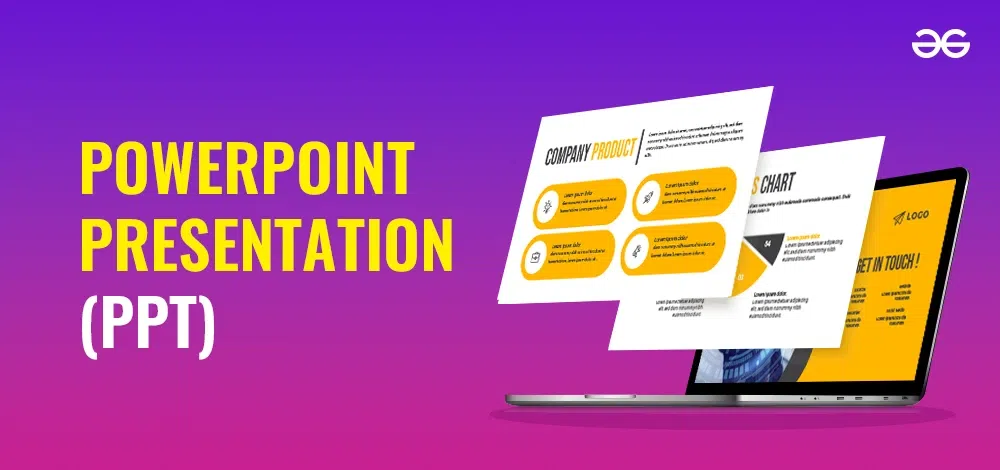Custom PowerPoint#1
Mastering Custom PowerPoint Presentations
- Title: “Mastering Custom PowerPoint Presentations”
- Subtitle: “Your Guide to Engaging, Professional, and Tailored Slide Decks”
- Presented by: [Your Name, Date]
Slide 2: Mastering Custom PowerPoint Presentations
- Title: “Why Custom PowerPoint Presentations Matter”
- Content:
- Briefly define custom PowerPoint presentations.
- Explain the importance of customization.
Speaker Notes:
- Custom PowerPoint presentations help make content more engaging and effective by aligning with the audience’s needs and reinforcing brand identity.
- Personalizing slides with specific branding, visuals, and layouts can improve message retention.
Slide 3: Benefits of a Custom PowerPoint Presentation:Mastering Custom PowerPoint Presentations
- Title: “Key Benefits of Customization”
- Content:
- Enhanced engagement and retention.
- Stronger brand alignment.
- Adaptability to various audience needs.
Speaker Notes:
- Custom presentations allow you to present information clearly and visually, keeping the audience engaged.
- Consistency with brand colors, fonts, and logos builds recognition and professionalism.
Slide 4: Understanding Your Audience:Mastering Custom PowerPoint Presentations
- Title: “Know Your Audience”
- Content:
- Research audience demographics, familiarity with the topic, and preferences.
- Adjust tone, complexity, and design based on audience type (e.g., corporate, academic, or casual settings).
Speaker Notes:
- By tailoring content and design to the audience, you ensure they understand and connect with the presentation.
- For example, a corporate audience may prefer data-driven slides, while an academic group might focus on research insights.
Slide 5: Setting Clear Goals for Your Presentation:Mastering Custom PowerPoint Presentations
- Title: “Define Your Objectives”
- Content:
- Identify the main purpose of your presentation (e.g., inform, persuade, instruct).
- Set measurable goals, such as key takeaways or action items.
Speaker Notes:
- Knowing the presentation’s purpose helps you select relevant content and visuals, avoiding unnecessary details.
- Clear objectives guide your flow and help your audience retain essential points.
Slide 6: Planning the Content Structure
- Title: “Organize Your Content”
- Content:
- Create an outline with main sections and key points.
- Decide on the number of slides based on complexity.
Speaker Notes:
- Start with an outline to help break down your topic into manageable sections, guiding your audience logically through your message.
- Each slide should focus on one idea to maintain clarity and avoid overwhelming viewers.
Slide 7: Designing Engaging Slide Layouts
- Title: “Slide Layout Tips”
- Content:
- Choose layouts for clarity (e.g., title and content, comparison, image-focused).
- Use white space effectively.
Speaker Notes:
- The layout should make information easy to follow; white space helps focus attention.
- Use visual hierarchy, such as larger headings and smaller text for details, to guide viewers through the slide.
Slide 8: Choosing an Effective Color Scheme
- Title: “Color Psychology in Presentations”
- Content:
- Choose a color scheme that aligns with your brand and message.
- Use contrasting colors for readability.
Speaker Notes:
- Colors can evoke emotions; for example, blue conveys trust, while red suggests urgency.
- High-contrast colors, such as dark text on a light background, improve readability.
Slide 9: Selecting Fonts and Typography
- Title: “The Power of Typography”
- Content:
- Use clear, professional fonts (e.g., sans-serif for readability).
- Limit font styles to 1-2 per slide for consistency.
Speaker Notes:
- Consistent fonts create a polished look and ensure readability.
- Avoid excessive font variations, which can distract from the content.
Slide 10: Using Visuals Effectively
- Title: “Adding Impact with Visuals”
- Content:
- Incorporate images, icons, and graphics that support your message.
- Use charts and diagrams to simplify complex data.
Speaker Notes:
- Visuals should enhance understanding, not just fill space.
- Use relevant images or icons to represent ideas and keep charts simple for quick comprehension.
Slide 11: Animation and Transition Tips
- Title: “Animations and Transitions: Best Practices”
- Content:
- Use animations sparingly to emphasize points.
- Keep transitions subtle for a professional look.
Speaker Notes:
- Animations can guide attention, but too many can be distracting.
- Consistent, simple transitions between slides create a smooth, polished effect.
Slide 12: Adding Interactivity
- Title: “Engaging the Audience with Interactivity”
- Content:
- Integrate clickable links, navigation buttons, or Q&A slides.
- Consider polls or quizzes for large presentations.
Speaker Notes:
- Interactive elements encourage audience participation and keep them engaged.
- For virtual presentations, tools like polls or live Q&A sessions create a two-way interaction.
Slide 13: Proofreading and Final Adjustments
- Title: “Final Touches for a Flawless Presentation”
- Content:
- Proofread for grammar, consistency, and clarity.
- Ensure all elements are aligned and fonts/colors are consistent.
Speaker Notes:
- Spelling or grammar errors can detract from your credibility.
- Take time for a thorough review, and consider testing the presentation in the final environment to ensure visuals display well.
Slide 14: Common Mistakes to Avoid
- Title: “Avoiding Pitfalls in Custom Presentations”
- Content:
- Overloading slides with text.
- Using too many animations or fonts.
- Ignoring brand alignment.
Speaker Notes:
- Too much text overwhelms the audience; aim for brief bullet points and elaborate verbally.
- Consistency with fonts, animations, and colors is key to a professional look.
Slide 15: Case Study – A Successful Custom Presentation
- Title: “Case Study: What Worked Well”
- Content:
- Example of a successful custom presentation.
- Highlights of effective elements (e.g., engaging visuals, clear structure, interactive Q&A).
Speaker Notes:
- Share what made this example effective: clarity, alignment with audience needs, visually engaging.
- Discuss specific elements, like a strong opening slide, interactive Q&A, or a memorable closing.
Slide 16: Mastering Custom PowerPoint Presentations
- Title: “Creating Your Own Custom PowerPoint Success”
- Content:
- Recap the key elements of a custom PowerPoint presentation.
- Encourage the audience to apply these tips in their own presentations.
Speaker Notes:
- Summarize the process: understand your audience, set clear goals, design for clarity, use visuals thoughtfully, and review thoroughly.
- Reiterate that customized presentations can make a powerful impact.
Slide 17: Q&A:Mastering Custom PowerPoint Presentations
- Title: “Questions?”
- Content:
- Open the floor for any questions or further discussion.
Speaker Notes:
- Encourage questions on any specific steps or design choices.
- Offer to provide additional resources or examples if desired.
-
Additional Tips for Academic Presentation SuccessExamples of Academic PowerPoint Presentation TopicsWrapping It Up
Need Help With a Project on This or Another Topic?
Cooperate with seasoned experts directly — create your project now and start getting help in 2 minutes.
Order Now



